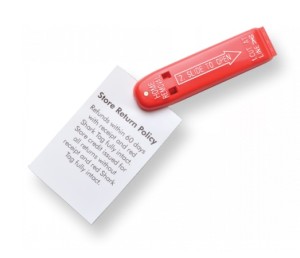 Seems like every time I turn on the news, I hear about another person who walks into their office and starts hurting people. Is this happening more and more, or do we just hear about it more? Do you ever think about those companies and wonder what goes on after something like that happens, or even before? Even more perplexing is a recent airliner crash that seemed to be caused by one of the pilots. Every day, employers around the country have the potential risk for a disgruntled, or mentally unstable employee to cause harm to their staff, or customers. Can you prevent this and if not, how can you limit your liability?
Seems like every time I turn on the news, I hear about another person who walks into their office and starts hurting people. Is this happening more and more, or do we just hear about it more? Do you ever think about those companies and wonder what goes on after something like that happens, or even before? Even more perplexing is a recent airliner crash that seemed to be caused by one of the pilots. Every day, employers around the country have the potential risk for a disgruntled, or mentally unstable employee to cause harm to their staff, or customers. Can you prevent this and if not, how can you limit your liability?
My personal opinion on random acts of violence is that you can never prevent every occurrence. You can definitely limit your exposure to the risk by barring firearms in your workplace, having a no tolerance violence policy and running background checks on all of your employees. This however, will not stop someone that is hell bent against causing harm. Again, my opinion here is that if someone wants to “go postal,” nothing on Earth will stop them. That’s a fact of the world we live in. There are ways to limit liability on your end (as a business owner).
Take for example the other day. I terminated an employee for performance related behavior. Hours later, another employee came to me with a screen shot of the terminated employee’s social media page. There, was a threat of violence towards the store and myself personally. I immediately contacted the local police. Did I really thing this person was capable of what they were posting on social media? No. Did I see it as a way to blow off steam from being terminated from a job? Absolutely. Then why did I contact law enforcement? The idea that a threat was made forces me to take that approach. Had I shrugged the threat off as “blowing off ;steam” and then 3 hours later I had that former employee burst through the front doors with a firearm, I, and my company could be potentially liable for any injuries due to failure to appropriately react to a known threat; sounds completely crazy, but it’s the truth.
You can relate this to running background checks on your employees. Let’s say you don’t perform a background check on a new hire and with 2 weeks he loses his temper with a fellow employee and severely injures that employee. Worst case scenario is that employee is no longer able to work. You find out after the incident that your new hire has 15 arrests for domestic violence and other crimes against persons. You could be potentially held liable for creating a violent workplace due to a failure to properly screen applicants. Again, it sounds completely crazy but this has happened and will continue to happen. Background checks are standard practice and every single big box retailer across the country and they should be for you as well.








